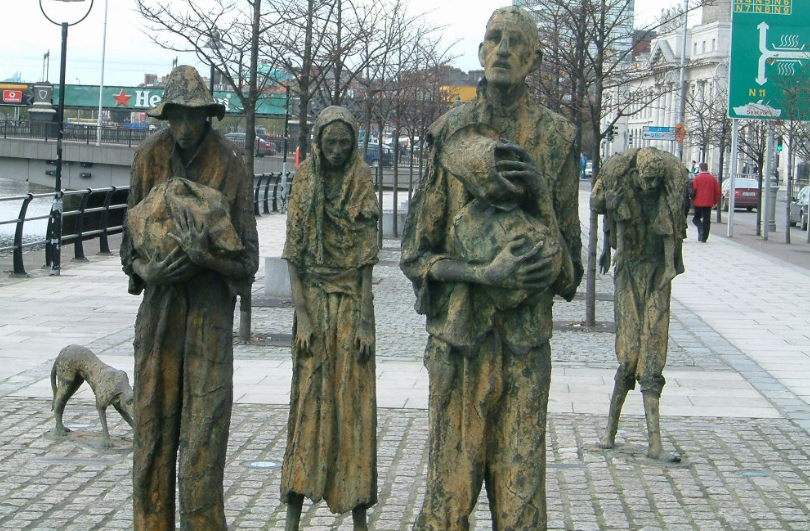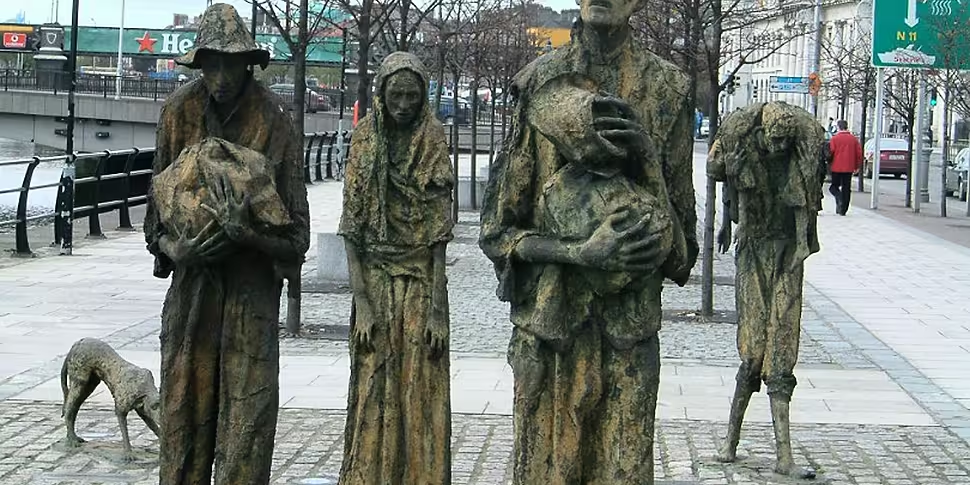
The remains are from an 1847 shipwreck.
Canadian scientists have determined that human remains found on a beach in Quebec in 2011 and 2016 are in fact victims of the Great Famine.
The Scientists confirmed that the remains of 21 individuals, unearthed over a five-year period, are from the Carricks shipwreck, which left Sligo for Canada in 1847.
Sadly the ship, which carried 180 passengers fleeing the Famine, sank off the coast of Cap-des-Rosiers in Gaspé, Canada before it reached its destination
The bones of three children washed up on the shore in 2011 after a storm, and the remains of another 18 individuals were unearthed in 2016.
After analysis in the Montreal University it was found the skeletal remains showed telltale signs of a rural population dependent on agriculture, and a diet of mainly potatoes.
Mathieu Côté, a resource conservation manager at Forillon National Park, said: "This is the end of the story for people who were interested in this. We were suspicious of where [the remains] were from, and we had a good idea where they were from, but now we have evidence that those people were from Ireland."
In a statement, Diane Lebouthillier, MP for Gaspésie–Les Îles-de-la-Madeleine, has said: "The tragic events of the Carricks shipwreck are a startling reminder of just how difficult the journey was for the travellers and that not everybody was lucky enough to reach their new home.
"Today's announcement is very significant for Irish families whose ancestors were Carricks passengers. This shipwreck reflects an important part of Canadian history."
The remains will be taken to Forillon National Park in the coming weeks and a funeral service will be held.
They bodies will then be buried near the Irish Memorial on Cap-des-Rosiers Beach, which was established in 1990 to preserve the memory of those who died after the ship sank.













